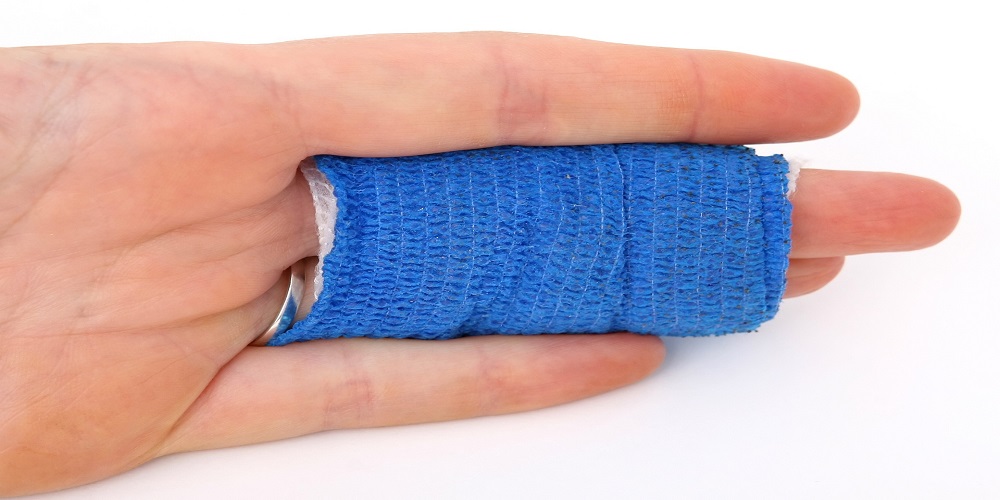Are you dealing with any injury and want to take legal, medical, or insurance compensation? However, to seek compensation, it’s essential to understand the distinction between types of injuries to seek the appropriate compensation.
Below, we will explore the differences between personal and bodily injuries to help you determine which type of injury you suffer from so you can claim for insurance or a law case.

What is Bodily Injury?
Bodily injury is any physical harm to a person’s body, whether a cut, broken bone, or internal damage. It differs from property damage, which refers to the harm done to someone’s belongings or possessions.
In the legal context, bodily injury can refer to personal injury claims made in court. The injured party may seek compensation for medical expenses, lost wages from missed work, and pain and suffering caused by the injury.
Insurance policies often cover bodily injury liability, protecting policyholders if they are found responsible for causing harm to another person’s body.
Overall, bodily injury is a severe issue that can result in physical pain and financial strain on the injured party.
Thus, individuals must take necessary precautions to prevent harm to themselves and others.
What is Personal Injury?
Personal injury is any physical or emotional harm an individual suffers due to someone else’s actions or negligence.
These actions can range from car accidents to medical malpractice, and the resulting injuries can include broken bones, traumatic brain injuries, or even post-traumatic stress disorder.
Personal injury cases often involve finding liability and determining compensation for the injured party.
An experienced personal injury lawyer can help navigate the legal process and ensure that their client receives a fair settlement for their suffering.
No one deserves to suffer at the hands of someone else’s mistakes, and seeking legal recourse through a personal injury claim can be a crucial step toward justice and recovery.
Bodily Injury VS Personal Injury: The Differences!
Below, we have curated a list of 6 critical differences between bodily and personal injuries:
| Factors | Bodily Injury | Personal Injury |
| Possible Damage | The damage is done to the body itself. | The damage can be both physical and emotional. |
| Insurance Coverage | Bodily injury liability insurance (BILI) coverage only applies to damages caused by accidents. | Personal injury protection (PIP) insurance typically has a much broader scope, covering everything from medical expenses to lost wages. |
| Compensation | Bodily injury compensation is typically awarded for past and future medical bills and pain and suffering. | Personal injury compensation may include these damages, covering things like lost wages, property damage, and emotional distress. |
| Negligence | For a bodily injury claim to be successful, the plaintiff must prove that the defendant was negligent in some way. | For a personal injury claim, the plaintiff only needs to show that the defendant’s actions were intentional or reckless. |
| Proof | Bodily injury claims require objective proof of the damages, such as medical records. | Personal injury claims may also require this type of evidence but can sometimes be proven through testimony about the emotional anguish caused by the incident. |
| Statute of Limitations | The statute of limitations for bodily injury claims is usually two years from the date of the accident. | The statute of limitations for personal injury claims can vary depending on the state but is typically two or three years. |
Verdict!
Bodily injury and personal injury are serious issues that can profoundly impact an individual’s life.
While they share some similarities, there are also critical differences between the two. It is essential to understand these differences if another person’s actions have injured you.
If you have suffered a bodily or personal injury and are looking for an injury lawyer in Brampton, then we can help. Contact us to discuss this further so we can help you understand your options and fight for the compensation you deserve.
